“Though the problems of the world are increasingly complex,
the solutions remain embarrassingly simple.” – Bill Mollison
We’ve got ourselves into a real civilizational pickle.
The modern world relies on the very same “cheap” fossil fuels and unsustainable consumption patterns that are making it un-liveable for many now and for many more in the near future.
When faced with great challenges, it is important to go back to the basics. At the end of the day, what are the things we can’t do without? What are our basic human needs? Food, water, energy, waste, shelter, economy & community. These are the fundamentals.
Permaculture design seeks practical, positive solutions to the habitat challenges we face. It is also a call to action, to take responsibility for the resource base of future generations.
Based on our experience in urban permaculture and edible landscape design, we’ve put together some ideas that we hope can help make your home, landscape & garden more resilient & productive. These are things we’ve done ourselves, both in our own home gardens (a 1912 rental house) and for our clients around the Victoria-area.
Everyone’s cost-benefit analysis will be different, depending on your context. So naturally, not all of these solutions will be for you right now. We do hope that a number of them are!
Our own home and the way retrofit our client’s properties are heavily influenced by permaculture co-founder David Holmgren’s new book Retrosuburbia. If you’re serious of transitioning to a low-carbon, low impact lifestyle, it is essential reading.
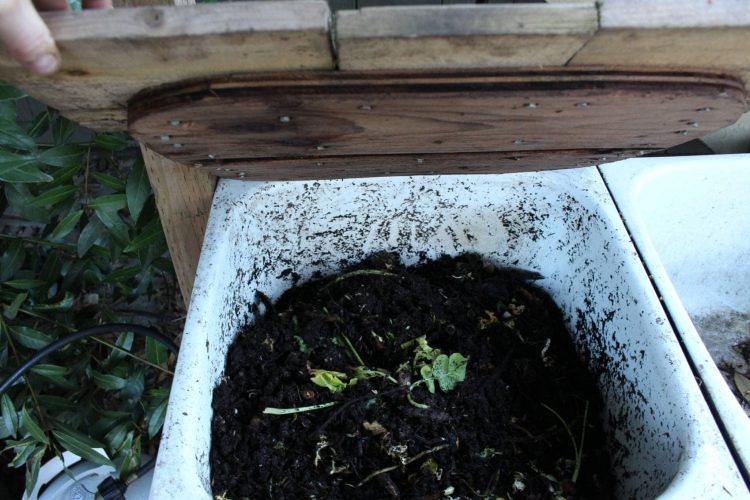
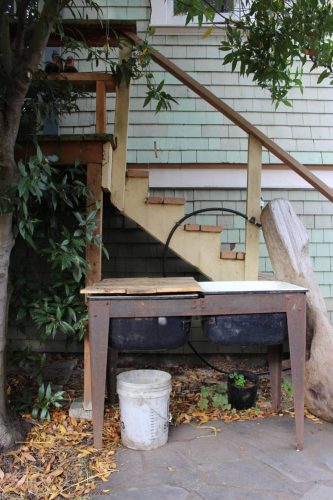
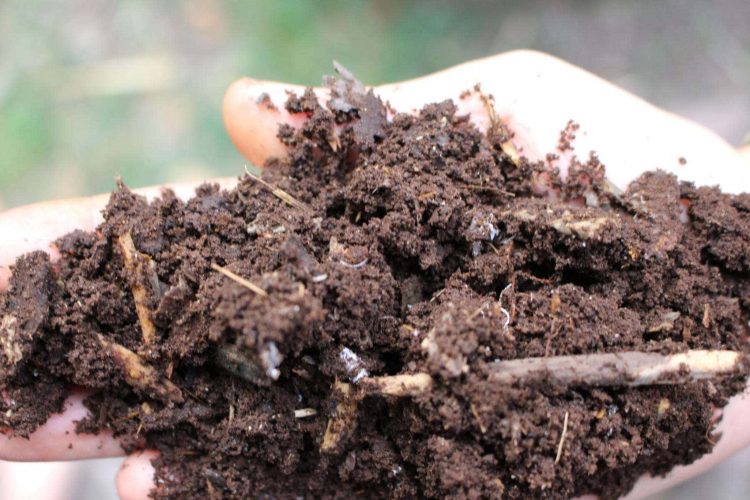
1. Start a Worm Composting Bin
Worms are amazing and one species in particular, Eisenia foetida, will eat your food scraps and turn it into organic garden gold. This excellent fact sheet on vermicomposting from Victoria’s own Compost Education Centre has all you need to know.
We’ve made vermicompost bins out of Rubbermaid totes, bathtubs, and deep commercial kitchen sinks. You can even extract a biologically active worm-juice out of it by running through a well-drained system. Our friend’s at Eco-Sense have a great video of the system which we’ve now adopted.
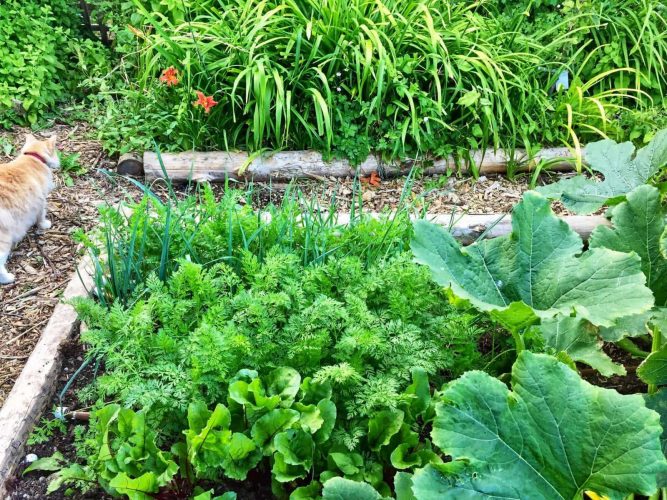


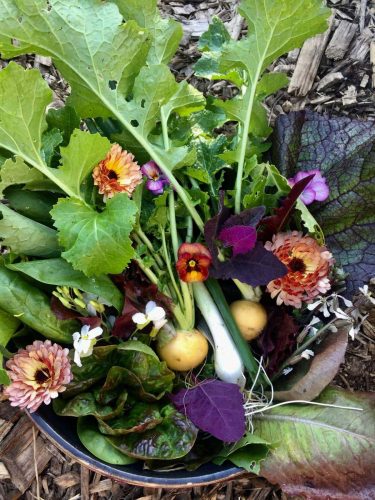
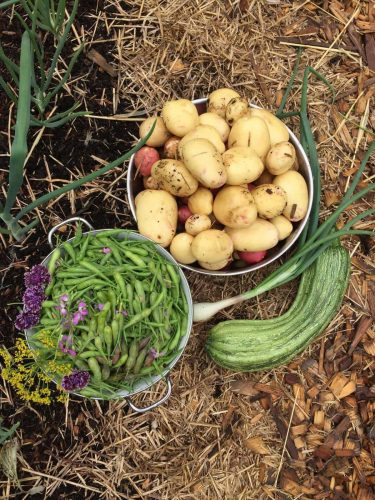
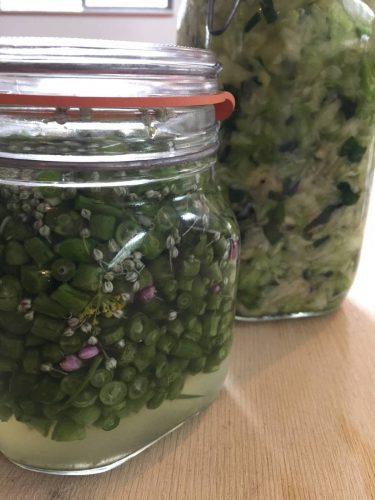
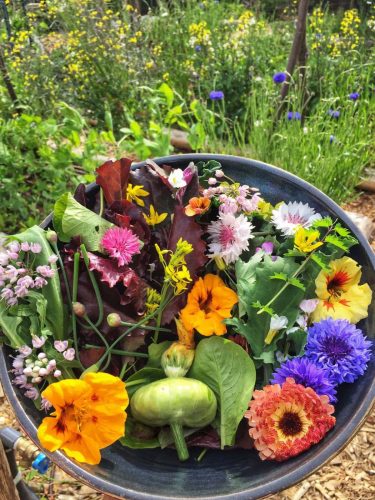
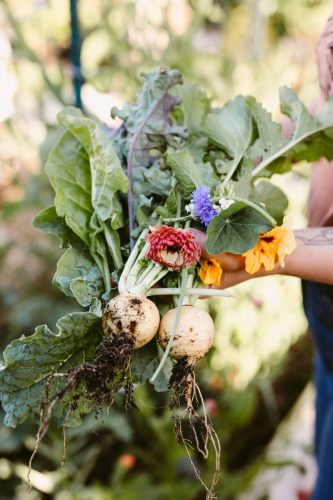
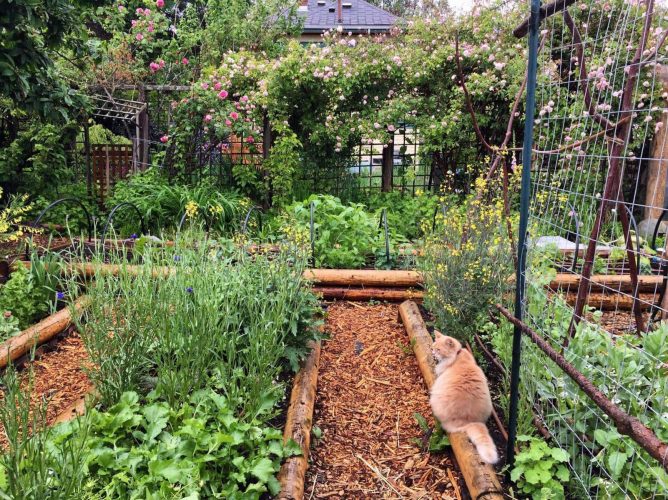


2. Start to Grow Veggies, Herbs, Edible Flowers and/or a Tea Garden & Let Some of Your Garden Go To Seed
Whether you grow in-ground, in formal raised beds or in containers, its never too late to start to grow something to eat, ferment or steep as a tea. We use no-dig raised beds because we have a seasonally high water table.
Allowing food and flower plants to bloom and even seed promotes diversity and resilience in the garden. If you want to save the bees, let your plants blossom, feed the ecosystem as well as yourself.
You can also grow all kinds of edible flowers! Here is a great blog post on the topic,
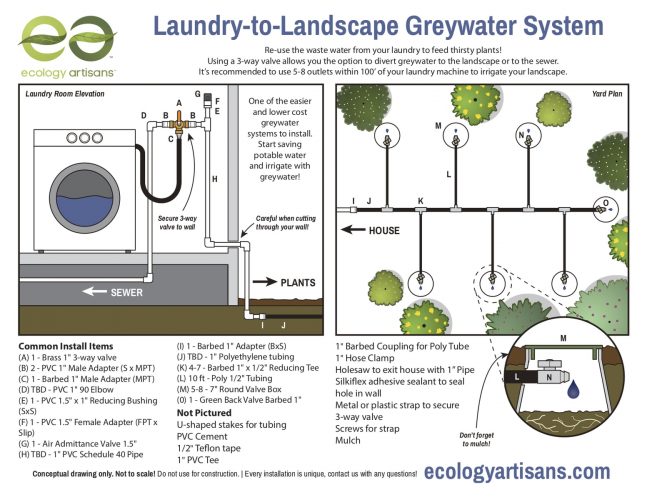
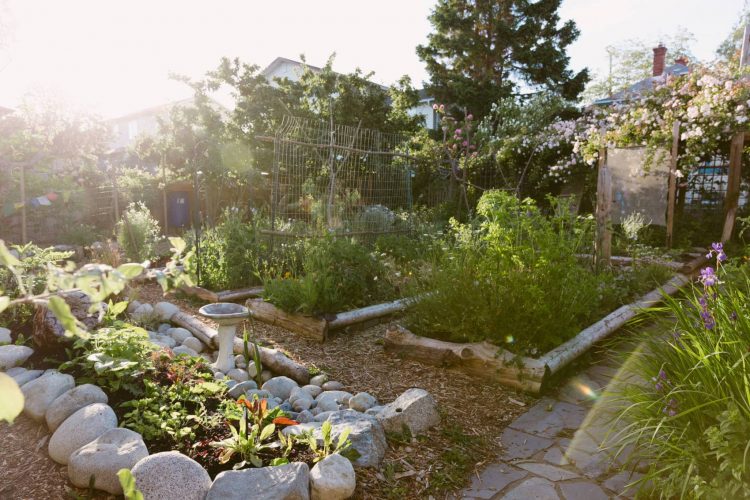
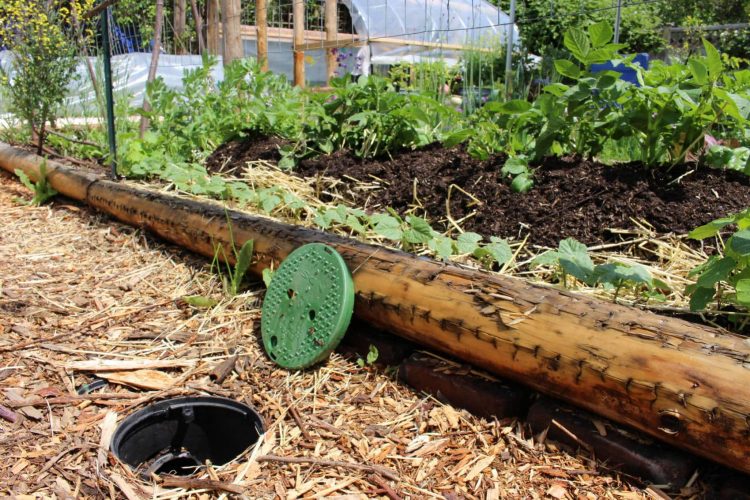
3. Use Light Greywater To Sub-Irrigate Your Garden
Light greywater, from your non-toxic bathtub and laundry machine, are the low-hanging fruit for greywater recycling. When the tinder-dry summer drought hits and you can’t seem to water your garden enough to keep the subsoil wet, greywater re-use is the perfect match.
Several great books exist on the subject, my favorite simple DIY text is Greywater, Green Landscape by Laura Allen. Here are two great online resources to get started in your design: https://greywateraction.org/ and https://www.ecologyartisans.com/blog/what-is-greywater
We have two simple systems, seen above. We run our bathtub into a constructed wetland with native reeds and sedges and our laundry machine (after running through a micro-plastic filter) runs into a 6” perforated pipe/wood chip swale pathway to sub-irrigate two raised beds on either side. We are careful not to oversaturate the soil and only utilize the system when the soil can handle it in drier months.
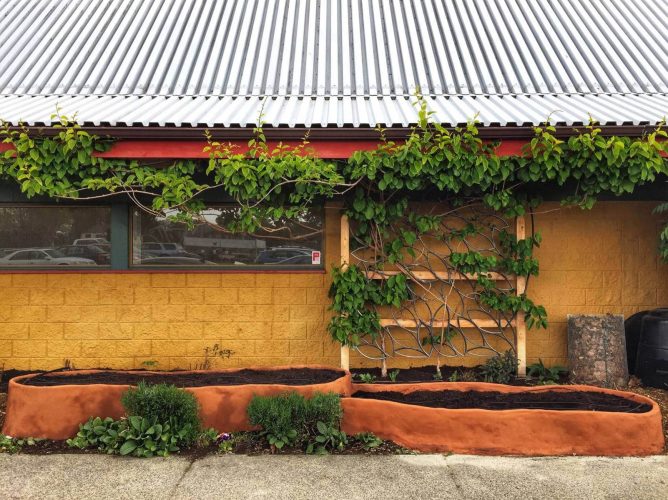
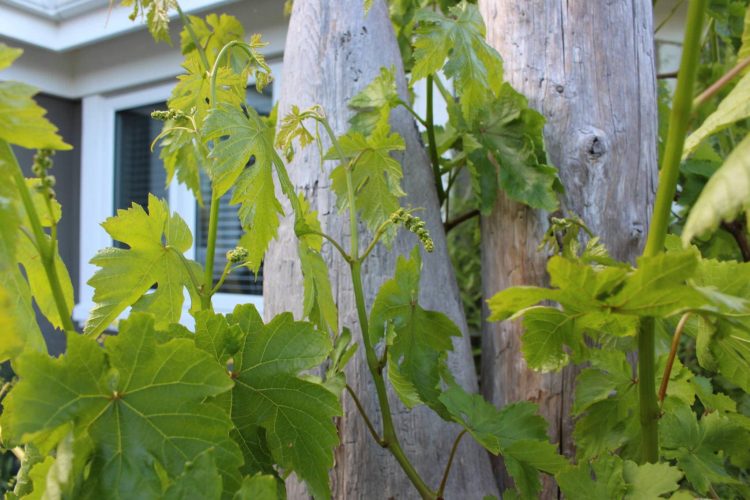

4. Shade Your House with Fruit-Bearing Vines/Trees
A blazing hot south/west facing wall can increase the indoor air temperature in summer to undesirable levels. You can absorb that extra heat and put it to good use by planting edible trees & vines such that they provide shade in the hot summer months. Not to mention, it just looks better. Above, we see a kiwi growing on wire off the roof. Espalier peach trees work great against a south or Western Wall. You can also plant a larger deciduous fruit tree 10-15′ feet out from the house and allow it to grow to full height and cast summer shade.
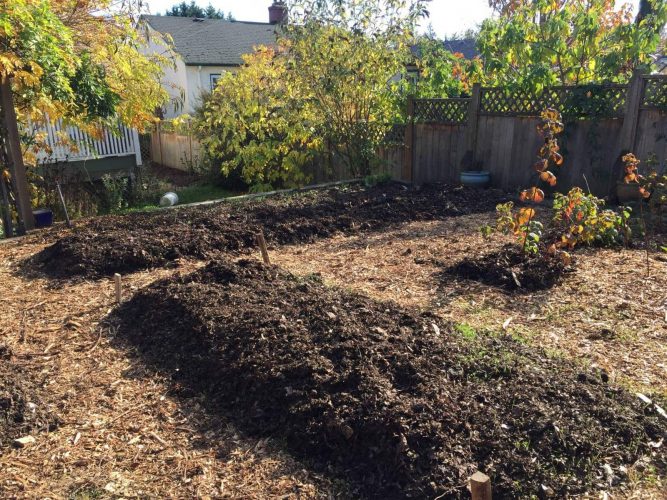
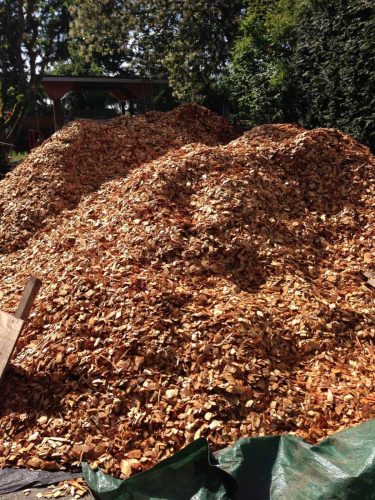

5. Build Up Soil Fertility with Soil Carbon
We use a lot of wood chips, leaf mulch, composted manures, straw, and other organic mulches very strategically throughout the year. With the exception of March-July in the veggie garden when slug pressure is high, we keep soils heavily mulched to increase fertility & water holding capacity.
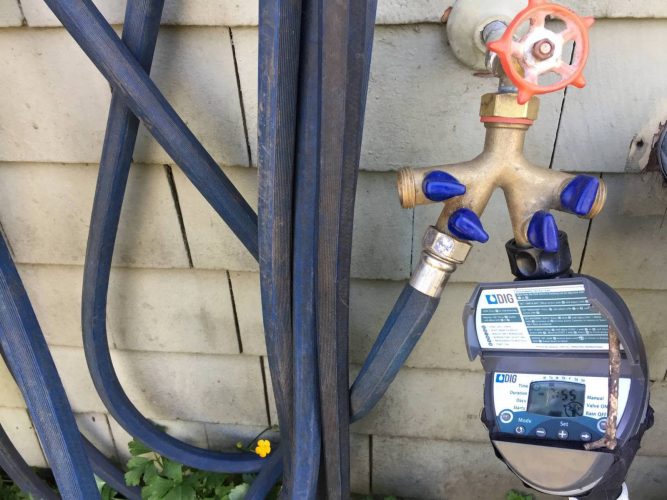
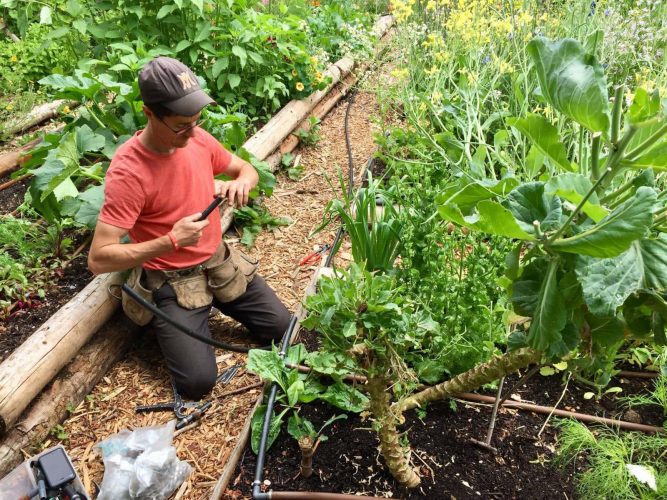
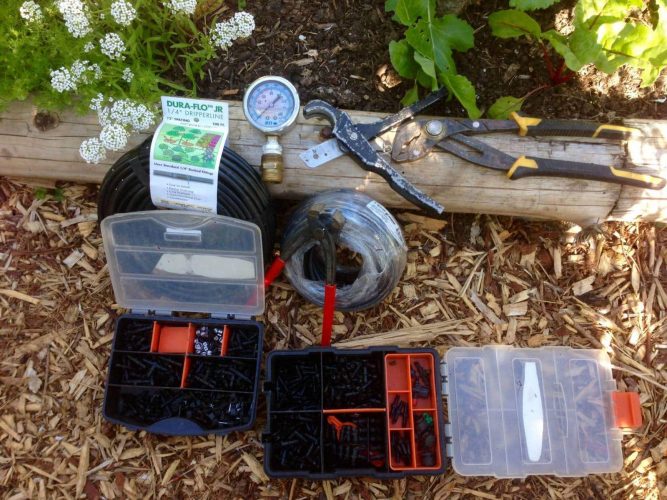
6. Install a Water-Efficient Drip Irrigation System for Your Food Gardens
Keeping up by hand watering your veggies in our Mediterranean climate can be very challenging for those of us with busy lives. An automatic drip irrigation system is an easy, effective, efficient and relatively low-cost way to ensure edible garden success. 6”-12” emitter tubing or micro-spray nozzles can deliver water directly to your plant’s roots and nowhere you don’t want it (in weedy patches). Many systems can be run right off your outdoor hose bib with a battery powered timer/valve assembly, as long as you install simple anti-siphon backflow preventer (vacuum breaker). While we are not fans of plastic in the environment, these systems can water extremely efficiently for many years are an appropriate use of plastic when applied to food crops. We use only HDPE plastic, not PVC which is more easily re-used or recycled. Here is a video that covers the basics.
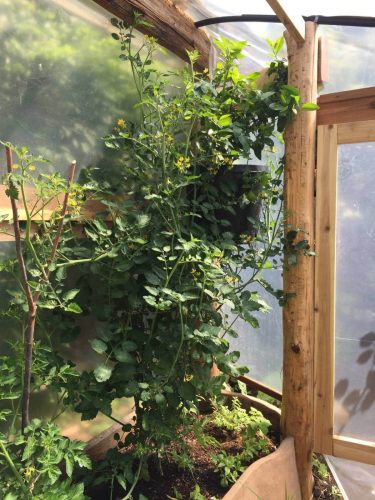
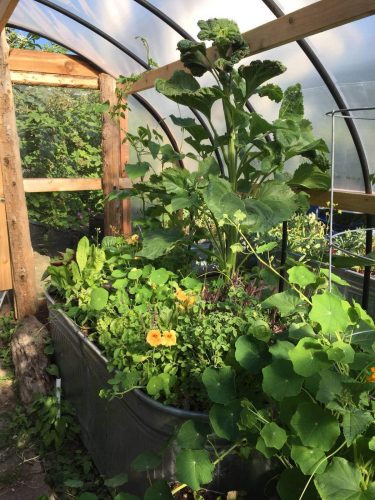
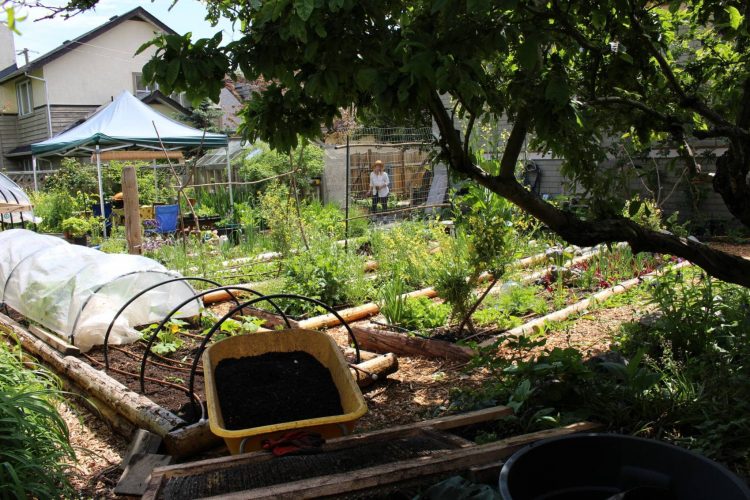
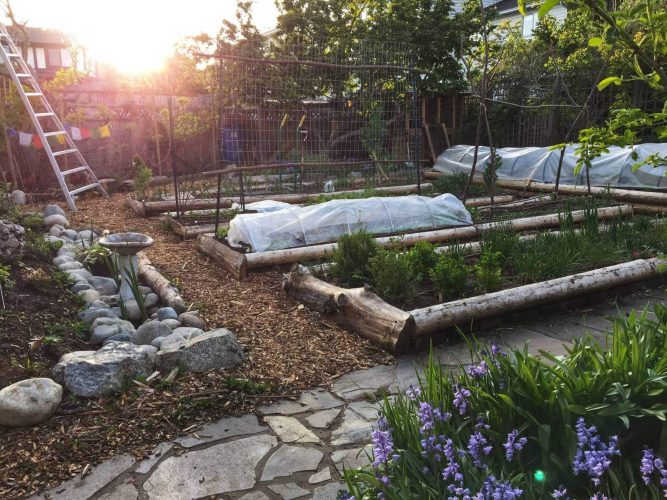


7. Setup a Cold-Frame, Greenhouse or Poly-Tunnel for Year-Round Food Production
Polytunnels and greenhouses serve key functions at critical times of the growing year: frost protection in shoulder seasons & winter, temperature buffering, increasing soil temperature and increasing heat units for warm-loving plants.
Prefab moveable hoophouses are available for lower growing crops, or you can make your own with municipal poly, rebar pins, and greenhouse poly. Avoid PVC where you can, it’s manufacturing is toxic and the product does not last.
We’ve designed our flatback polytunnel greenhouse (what we affectionately call our Backyard BioDome) with a 350L wicking bed and a ferro-cement planter inside it to act as thermal mass and collect excess heat during the day and release it at night. We also use several short micro-poly tunnels in winter, and shoulder seasons when crops are less than 24” tall.
Here is a simple, low cost DIY plan for a greenhouse by Victoria’s own Compost Education Center.

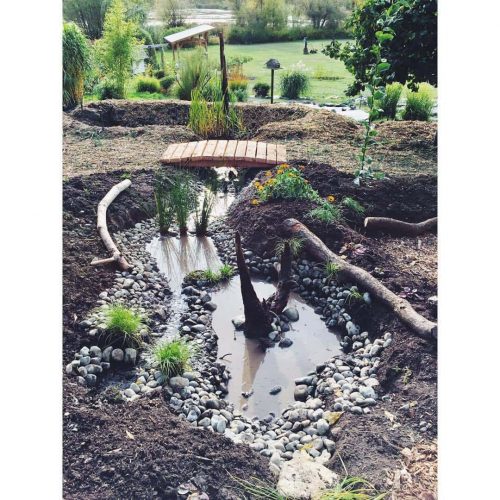
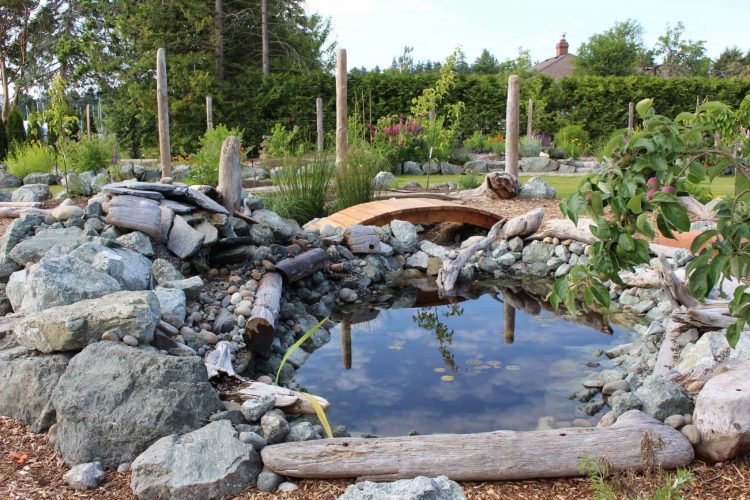
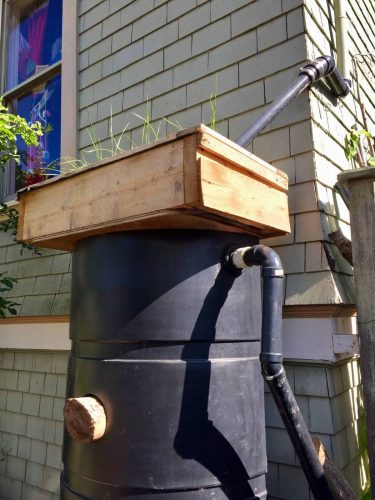
8. Increase Storm Water Infrastructure: Rain Gardens, Tanks & Bio-Swales to Manage Peak Flows and Create Storage
Walk into an old growth forest and describe the topography. Perfectly graded and smooth? Not even close. ‘Rough and loose’? Pit and mounds’? That’s more like it. By creating sunken + raised areas, swales on contour, and seasonal creeks, we can buffer against the larger storms that are predicted with climate change.
Did you know that the CRD’s climate projections show more extreme precipitation events (with 3-hour duration) are projected to occur on average three and a half times as often in the future?
Consider some sunken rain gardens, vegetated bioswales & seasonal creeks to slow, spread and sink excess rainfall.
Always design a responsible overflow for when the system is full.
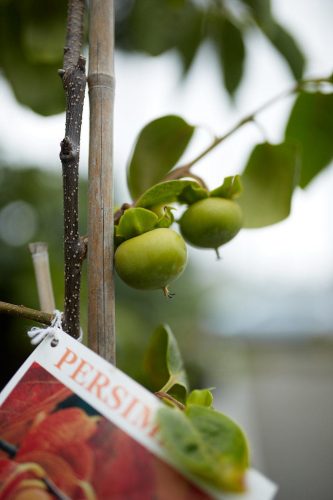
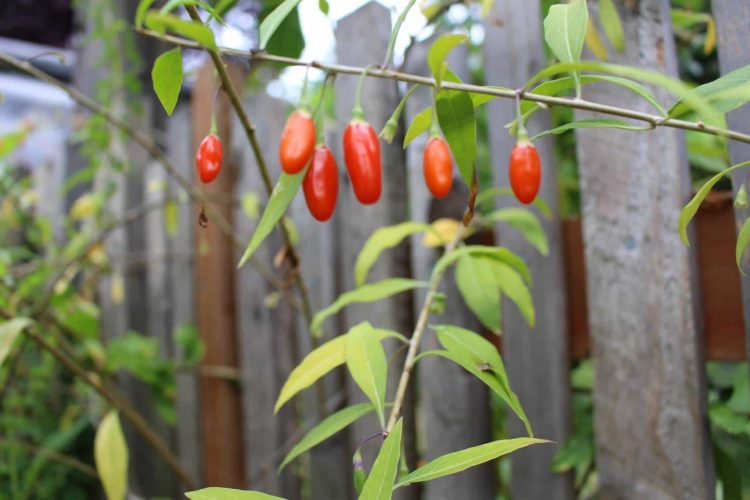
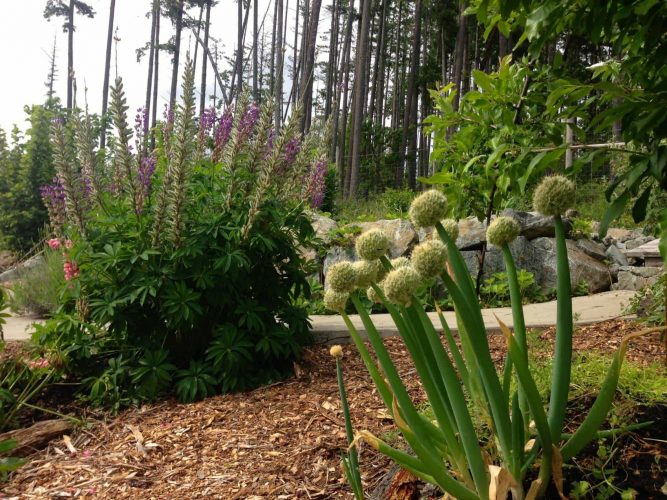

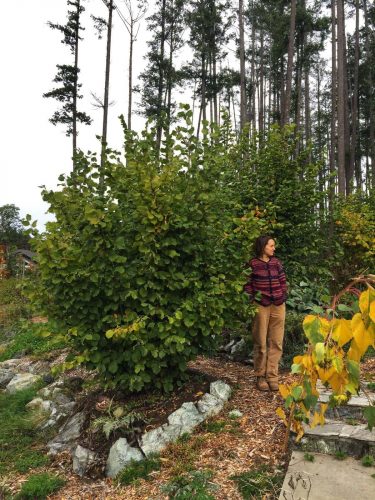

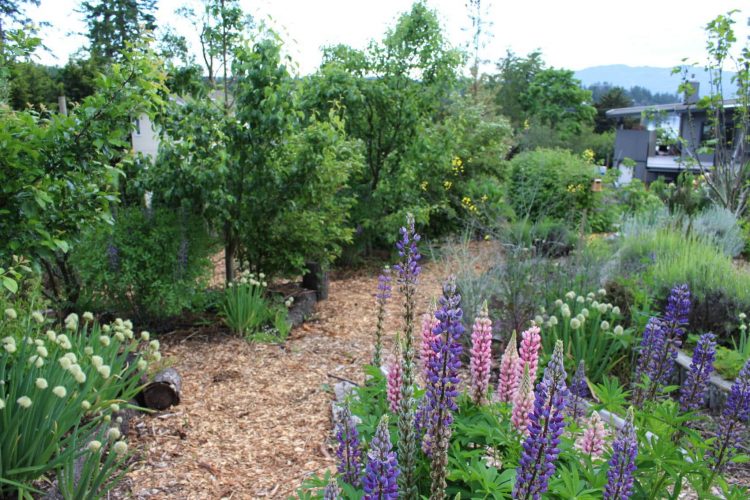
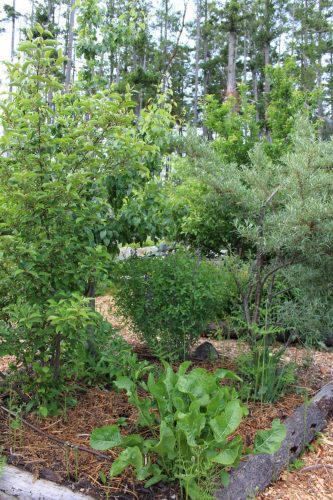
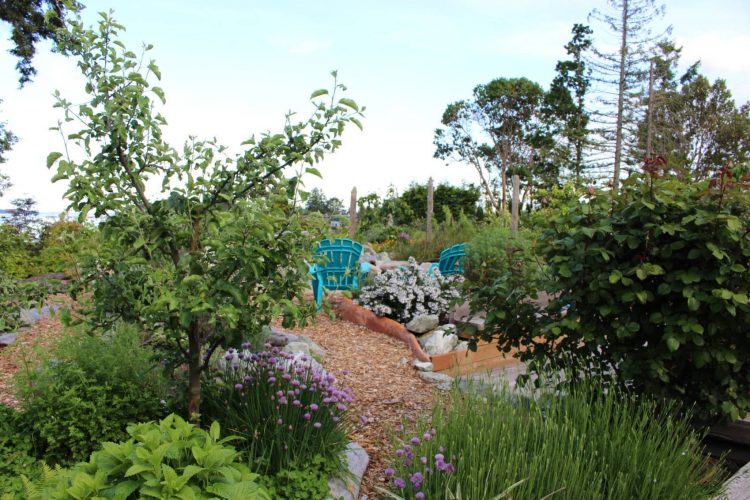
9. Plant A Multi-Storied ‘Food Forest’ or ‘Edible Forest Garden’
Food forests, or forest gardens are multi-storied ecosystems where every plant has multiple functions. Some of those functions include edible, drinkable, fertility-accumulator, pollinator-attractor, pest-confuser and ornamental.
They can be beautiful and productive and lean more heavily to certain functions depending on the gardener/homeowners.
Here some resources to get you started:
https://permacultureapprentice.com/creating-a-food-forest-step-by-step-guide/
https://modernfarmer.com/2017/02/plant-food-forest-winter/
https://www.rivendellvillage.org/A_Permaculture_Guide_(West_Coast_Food_Forestry).pdf
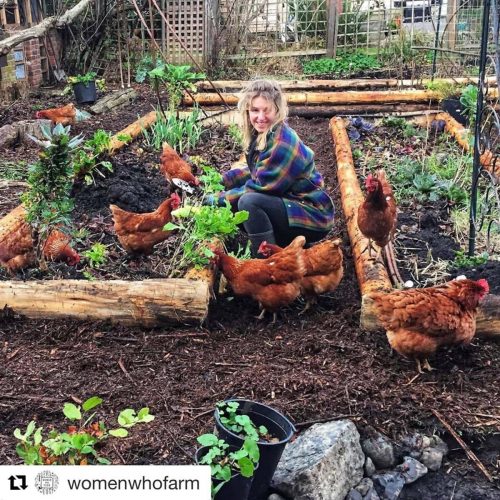


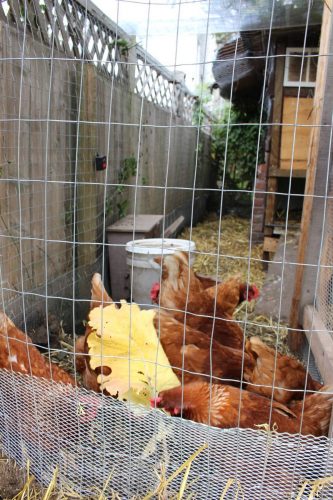

10. Keep Hens & Become an Egg Farmer
Before we go on about all the benefits of keeping backyard chickens, do consider the reasons not to have chickens presented in this article.
Keeping chickens is for those who are willing to add daily, weekly and monthly chores to their lifestyles. It’s not much, but it is constant. It is also only for those who are willing deal with sick, dying or dead chickens.
Beyond these drawbacks, the rewards are multi-faceted. Fresh eggs every day, the soft clucking of hens drowns out other noise pollution, they are kid & toddler favorites and lastly, they can quickly become the cornerstone of your backyard fertility program.
Do build a strong, raccoon-proof run and a mink proof coop. For us, that meant digging 1/2” plaster mesh down 18′ all the way around the main run. We also incorporated an old compost bin into their coop so that we can feed them most of our kitchen scraps (with a few exceptions that get buried into the compost pile). We love this integrated system and despite the effort to build, makes compost 100% of our food ‘waste’ super easy!
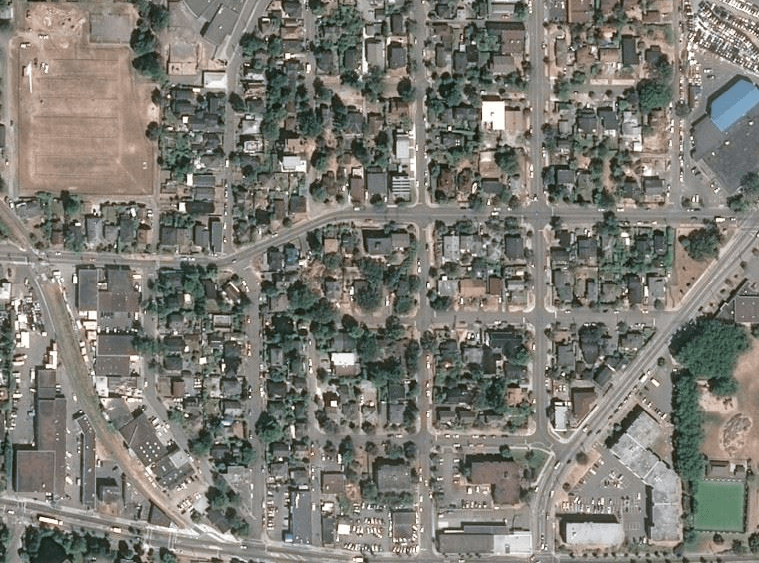
11. Get to Know Your Neighborhood, Offer Positive Contributions to Your Community
Everyone has something to give! To be resilient, we need community. In a low-carbon future, proximity to the things we need will become even more important. Borrow your neighbor’s backyard for growing, lend tools, sell them eggs from your chickens, trade services with them. We’ve done this with neighbors on all three sides of us after just 1.5 years. It’s great to get to know your neighbors and find common ground.
This article explains the benefits of borrowing things from your neighbors.
If you want help implementing any of these landscape elements
and are in Greater Victoria, give us a shout!
More Ways to Lower Your Carbon Footprint
Beyond these tips in our own backyard, we also need macro socio-economic & political action to protect our own habitat on earth and that of the many other organisms we share it with.
Here are a few other resources to help us make the change!
https://www.drawdown.org/solutions-summary-by-rank
https://blogs.ei.columbia.edu/2018/12/27/35-ways-reduce-carbon-footprint/

Thank you so much, Tayler, for your interesting blog! As a gardener, I am looking into something new to enhance my gardening habits. Luckily, I found your content. I’m grateful that you provided 11 ways to retrofit lifestyles and landscapes through permaculture principles. I like how you emphasized that if faced with great challenges, it is essential to return to the basics. I discovered that permaculture design is a positive and practical solution to habitat difficulties.